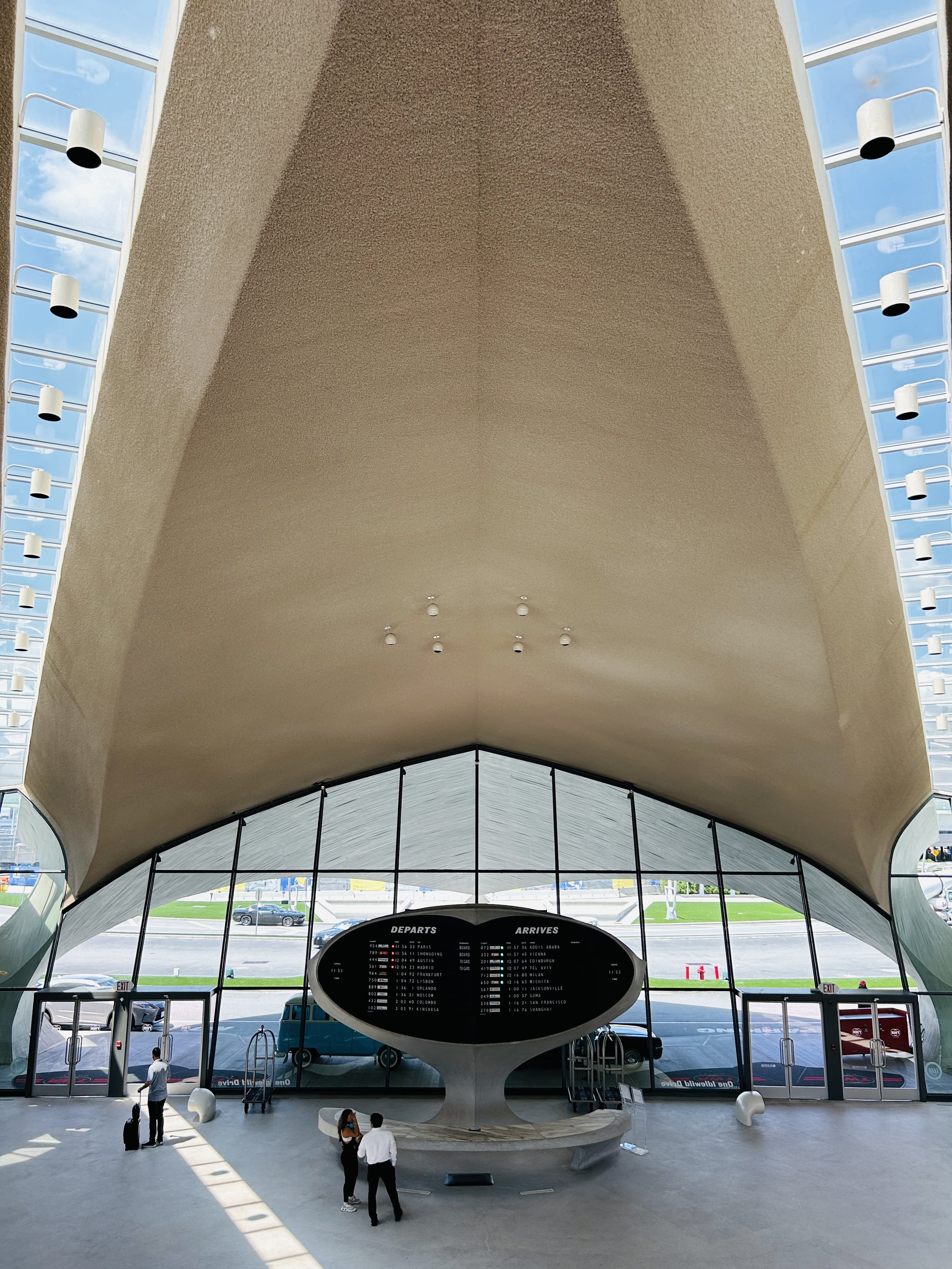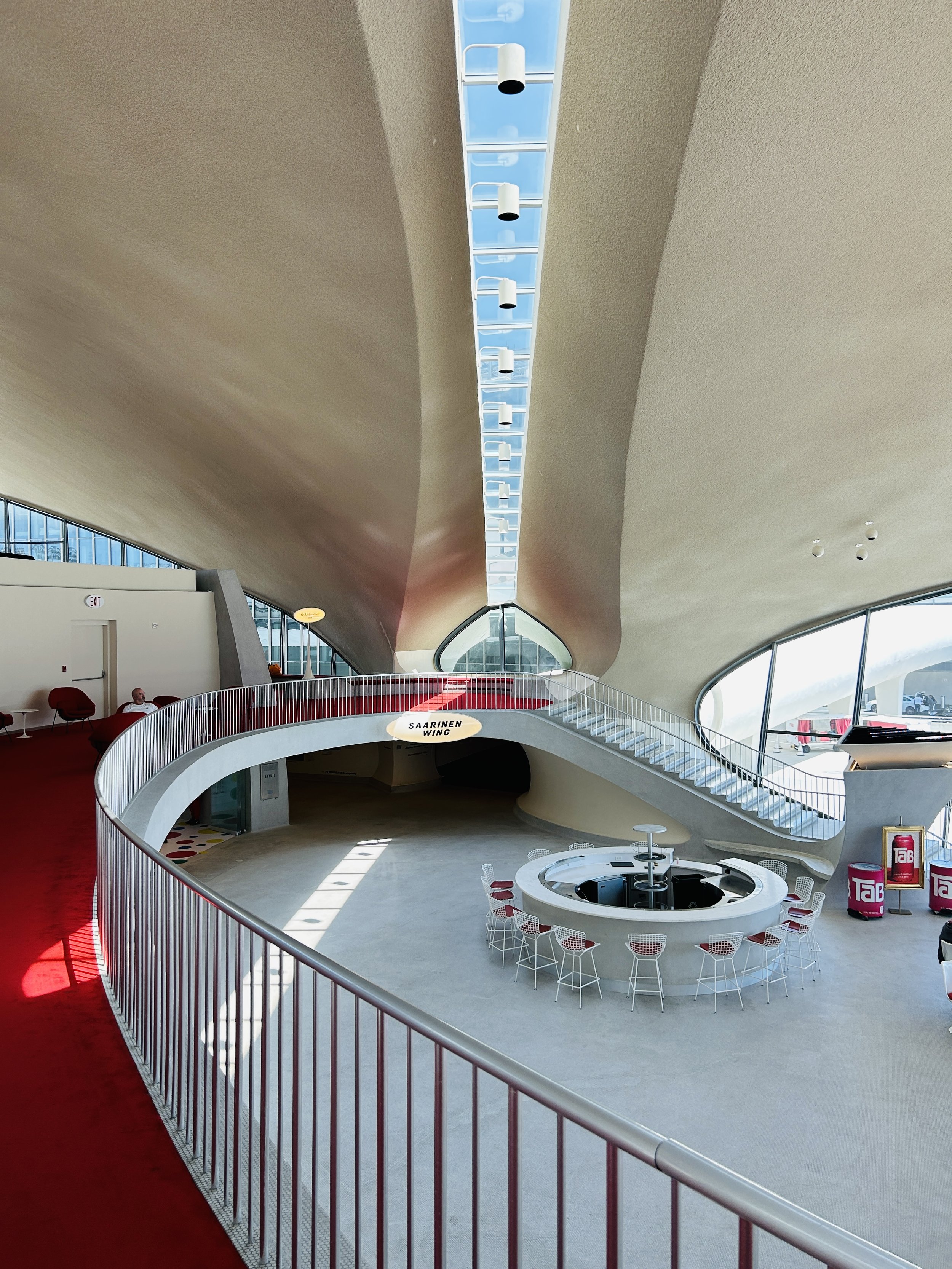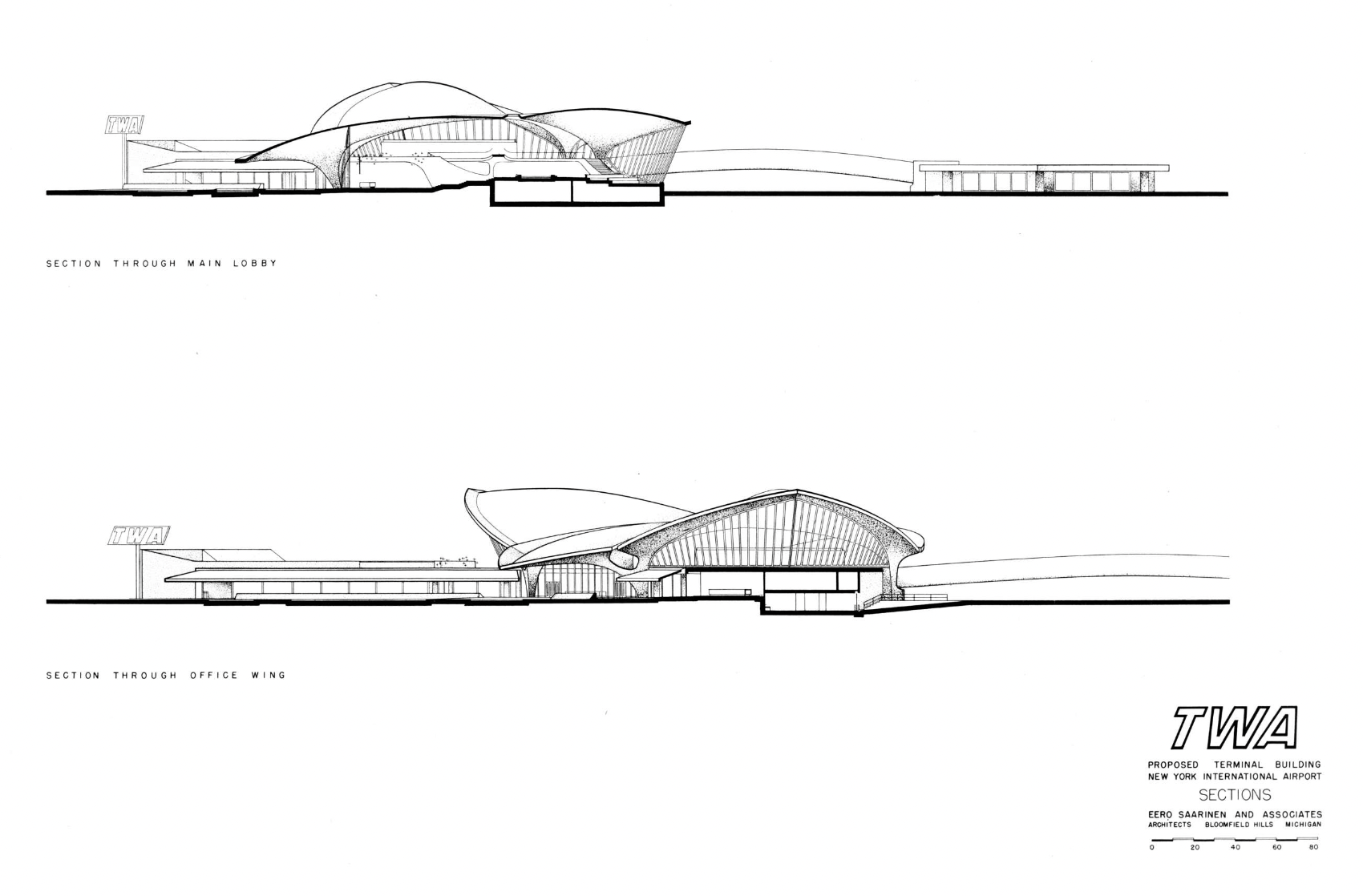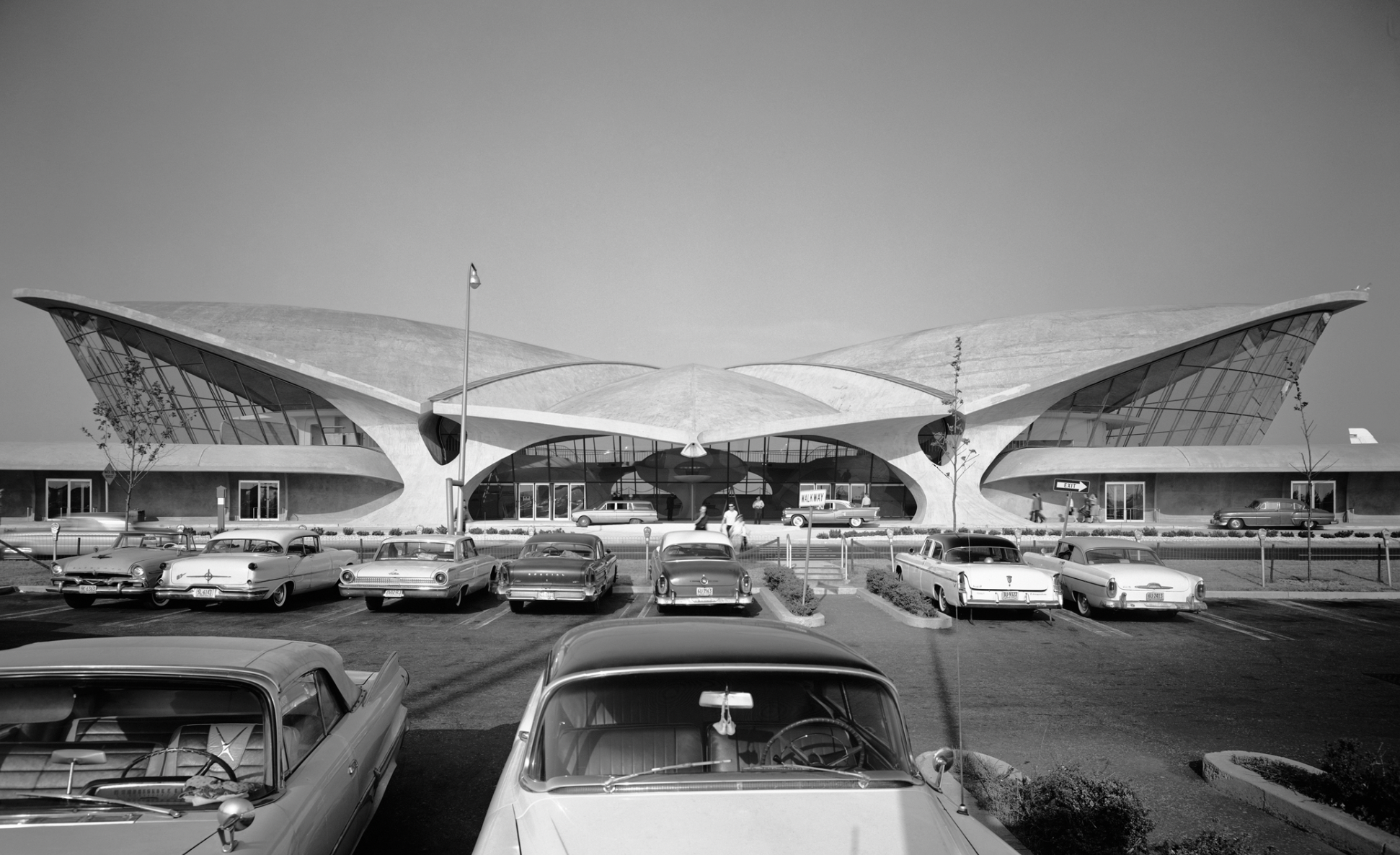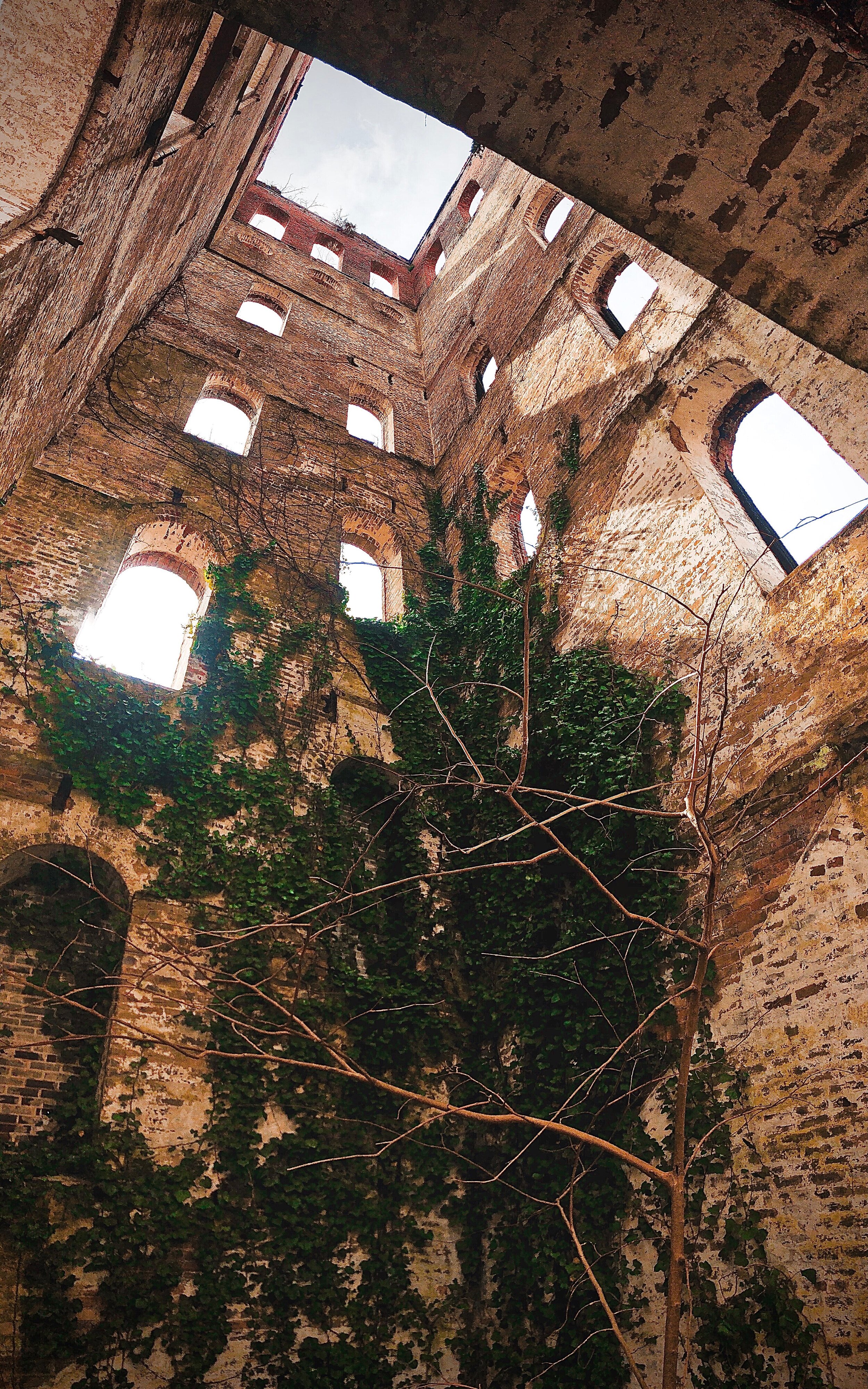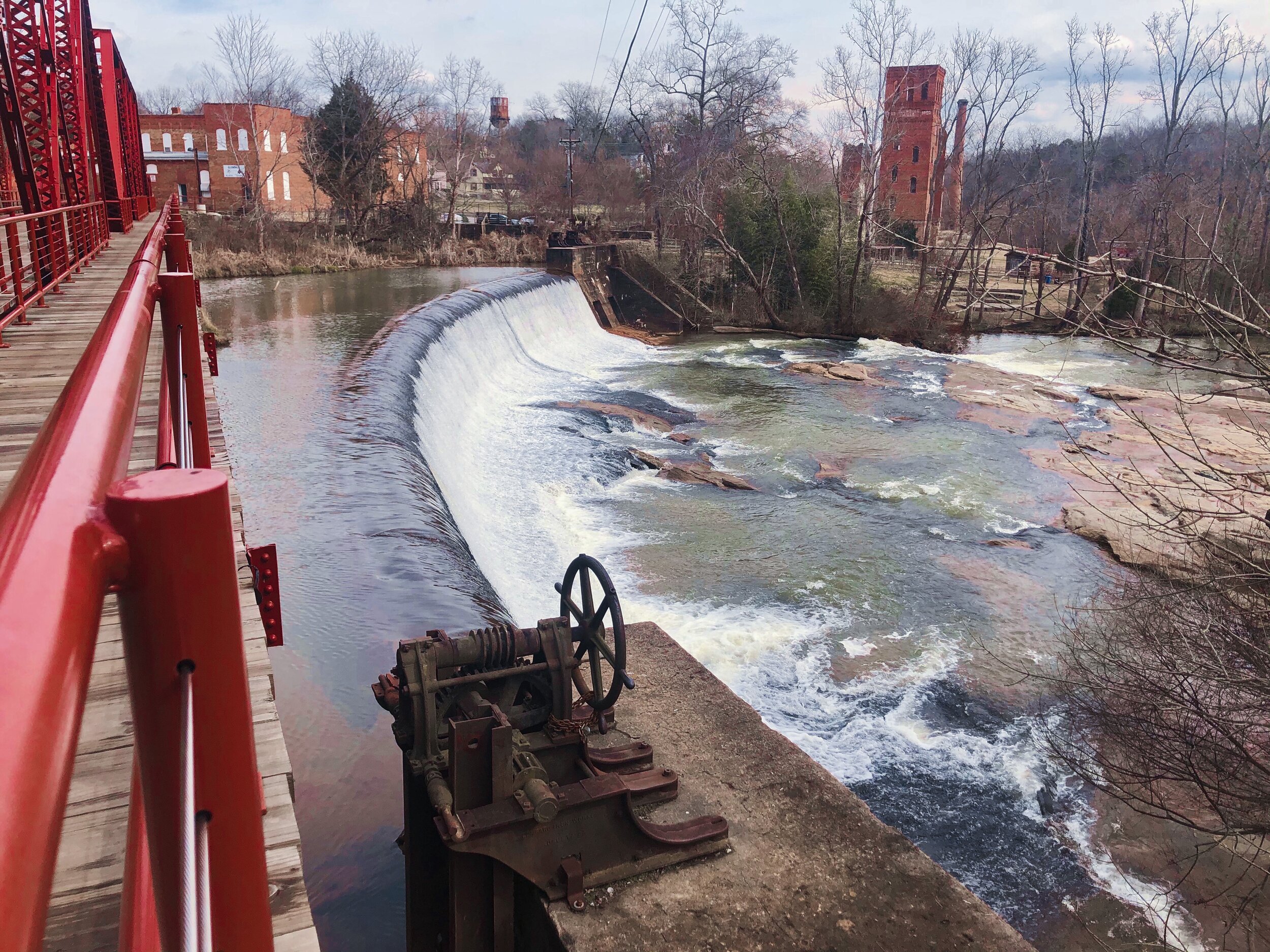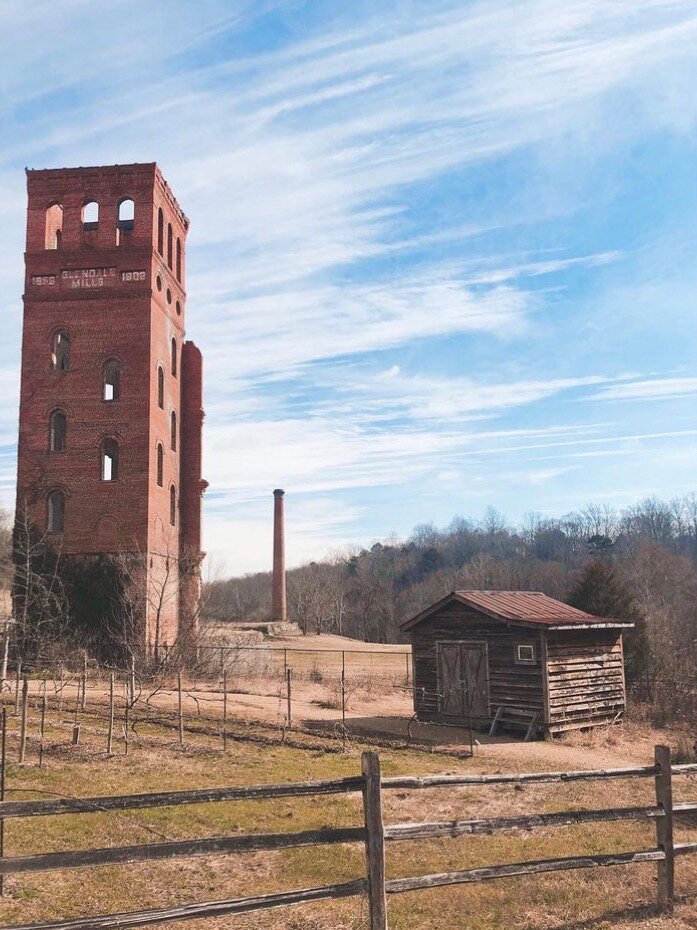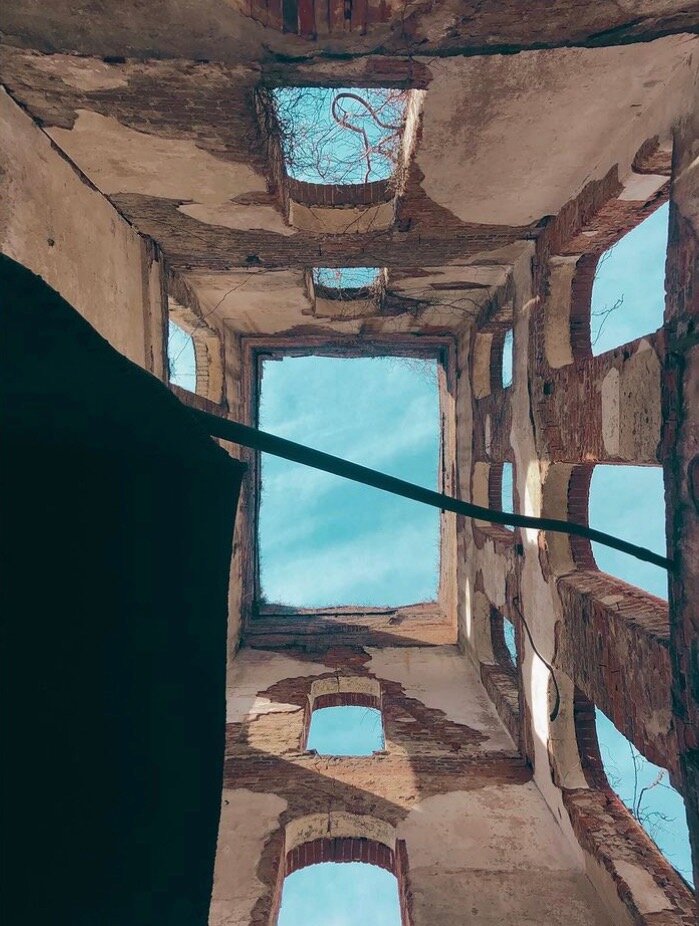“You are about to see stories everywhere, you beautiful nerd.” Roman Mars
Our latest book obsession is “The 99% Invisible City - A Field Guide to the Hidden World of Everyday Design” written by Roman Mars and Kurt Kohlstedt. Roman Mars is the renowned creator and host of one of our favorite podcasts, "99% Invisible." In our opinion, Roman Mars has cemented his position as a prominent voice in the world of design and architecture with his knack for storytelling and exploring the unnoticed aspects of our built environment. Through "99% Invisible," he delves into subjects ranging from the history of manhole covers to the significance of urban street grids, shedding light on the often overlooked details that shape our everyday lives. The book puts into print some of the most interesting backstories of the built environment categorized in the following subsets: Inconspicuous, Conspicuous, Infrastructure, Architecture, Geography and Urbanism. Below are some of our favorites.
Illustrated by Patrick Vale
Skyscraper Races:
This entry tells the story of a competitive and savage race to have the tallest skyscraper in 1920s NYC, complete with big egos and bitter rivals. Ultimately, William Van Alen’s design and construction of the Chrysler Building, the iconic Art Deco skyscraper beat out that of his former partner, H. Craig Severance’s 40 Wall Street tower, by secretly constructing a spire hidden inside to be revealed only when the other building reached its final height, thus claiming the tallest accolade.
Illustrated by Patrick Vale
Cutting Curbs:
This entry tells the story of activist Ed Roberts, coming of age in California in the 1950s and the physical challenges that come with being diagnosed with polio and using a wheelchair. He attended the University of California at Berkeley after initially being turned down due to the university not having accommodations to keep him safe. Sadly, in the 1960s, the world was not broadly accessible. During his time in college, Roberts and the “Rolling Quads” protest group would build their own sidewalk ramps to force the city into action; fast forward to 1971 when the city voted unanimously for “streets and sidewalks to be designed and constructed to facilitate circulation by handicapped persons within major commercial areas.” Hence the catalyst for other municipalities and campuses to follow suit.
Illustrated by Patrick Vale
Unanticipated Loads:
Architecture student Diane Hartley is the MVP of this entry regarding the 1967 Citicorp Center skyscraper in NYC. In researching the building for her thesis project in 1978 “she had calculated that the structure was specifically vulnerable to quartering winds blowing in from the corners.” She called the building’s structure engineer, William LeMessurier, to inquire about the math which led the engineering firm to dive back into the calculations. It was confirmed that not only did the building show weakness at the corners in a wind event, but the use of bolts in lieu of welds at key joints (a cost savings decision…) left the building especially vulnerable. “For each year the Citicorp Center stood, LeMessurier figured it had about a 1 in 16 chance of collapsing. Emergency repairs were planned and retrofit crews welded throughout the night in secret as, in the apex of drama, a hurricane approached. Luckily the hurricane did not make landfall and the repairs were completed successfully.





